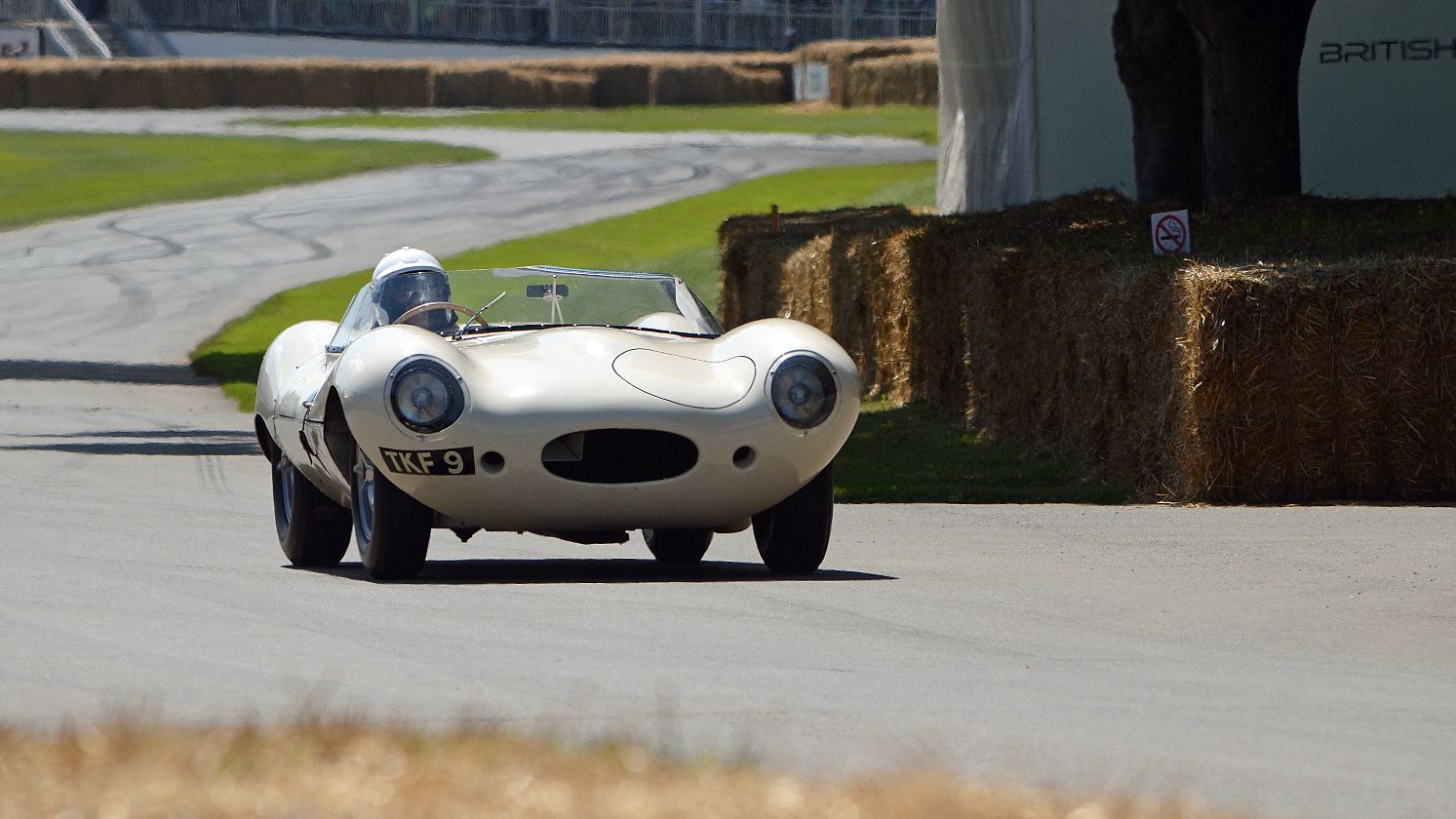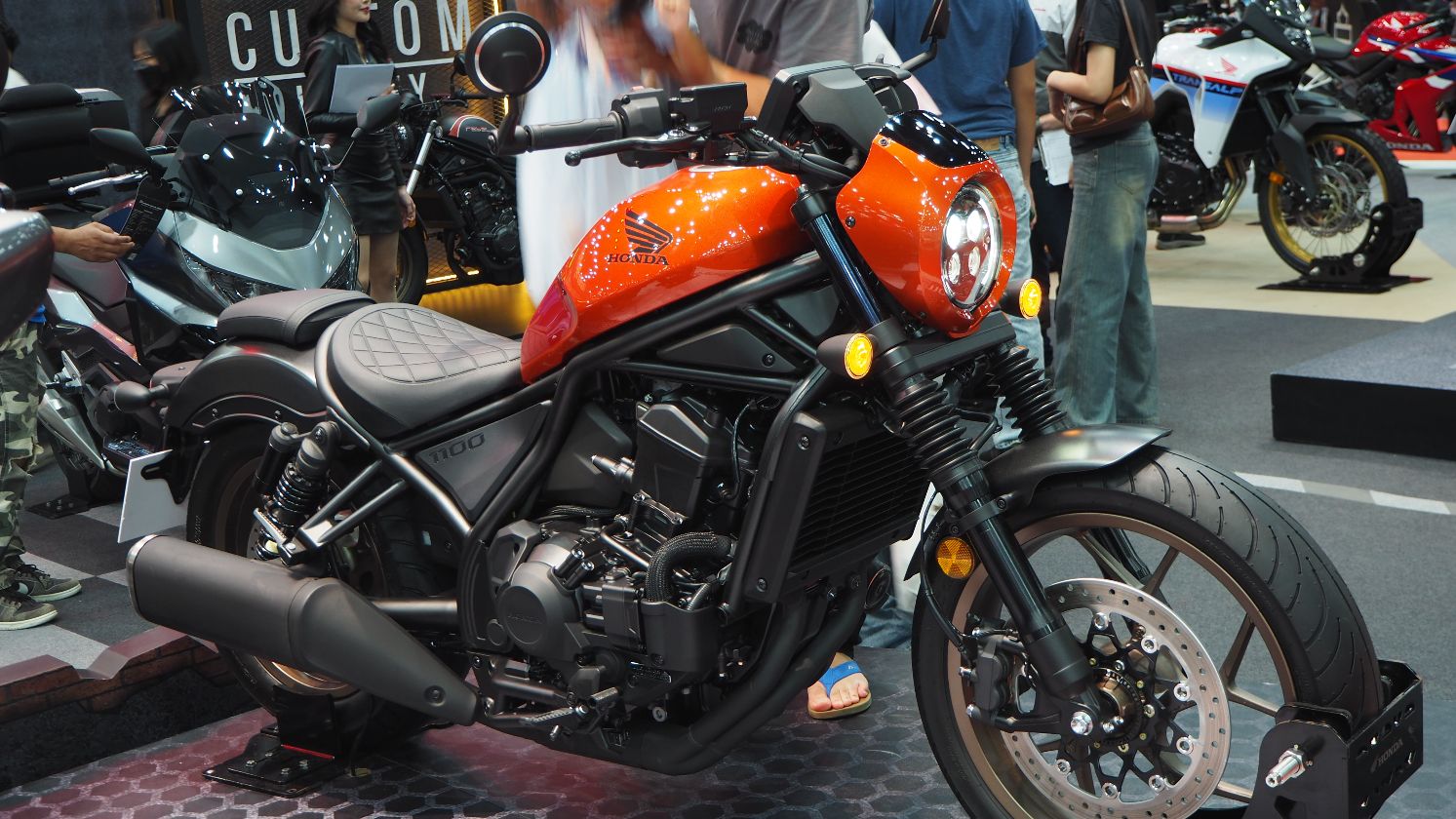Legends On Wheels
Some cars are more than machines—they’re tiny legends rolling through decades. They’ve survived wild trends, odd fashions, and countless road trips, yet they still command attention. Each carries surprises tucked under its hood. Ready to meet twenty classics that refused to retire and kept everyone guessing? Let’s hit the road and see which icons still turn heads today.
1. Porsche 911, 1963
When it hit the streets in 1963, a lot of people wondered why anyone would stick the engine behind the rear axle. Yet the balance and control it delivered quickly silenced those doubts. Over time, that same mechanical honesty became the core of Porsche’s enduring reputation.
2. Volkswagen Beetle, 1938
Few cars in history have a story as charming as the Volkswagen Beetle. First designed by Ferdinand Porsche in 1938, it went on to become a global phenomenon. More than 21 million were built before production finally wrapped in 2003, a record hard to match.
3. Chevrolet Corvette, 1953
Every country has a car that feels like its signature—and for America, that’s the Chevrolet Corvette. It rolled onto the streets in 1953, modest in appearance, yet its charm soon crowned it “America’s Sports Car.” Eight generations later, it’s still turning heads on U.S. roads.
4. Mini, 1959
Small but mighty—that’s the Mini. Launched in 1959, it turned car design on its head with a sideways engine layout that saved space without cutting fun. When it started beating bigger rivals in rallies, everyone realized this tiny car was something special.
5. Morgan 4/4, 1936
Back in 1936, the “4/4” quietly turned heads—not flashy, just clever enough to start a revolution on its own. Four cylinders, four wheels, and a brand-new way forward. That mix of innovation and old-school craftsmanship still captures what makes British motoring so distinct.
 Dave_S. from Witney, England on Wikimedia
Dave_S. from Witney, England on Wikimedia
6. Nissan Skyline, 1957
The Skyline’s story started with Prince Motor Company in 1957, long before Nissan made it famous. What started as a humble sedan soon gained a performance-driven reputation. Once the GT-R badge appeared, the Skyline wasn’t just fast, it was legendary.
7. Toyota Crown, 1955
The first Toyota Crown appeared in 1955, and it quietly reshaped what Japan expected from a luxury car. It felt comfortable and surprisingly refined. That dependability turned it into a favorite among taxi drivers and helped Toyota earn early respect at home.
8. Mercedes-Benz S-Class, 1954
Luxury has to start somewhere, and for Mercedes-Benz, that beginning came in 1954 with the W180 “Ponton” sedan. This stunner rode like silk and quietly introduced features others copied for years. Even before the “S-Class” name arrived, the idea of effortless prestige was already in motion.
9. Ford Mustang, 1964
Crowds packed the 1964 World’s Fair when the Mustang first appeared. It wasn’t just another car; it was freedom with a steering wheel. It hit the streets like a storm, hearts racing as freedom and speed merged into one irresistible ride.
10. Toyota Corolla, 1966
With an astounding 44 million units sold worldwide, the Toyota Corolla stands as an unrivaled force in automotive history. Since launching in 1966, this enduring model has secured its position as the globe's best-selling car, living up to its Latin-derived name meaning "small crown" with truly regal market dominance.
11. Honda Civic, 1972
Among Honda's most successful models ever produced, the Civic stands as an evidence to the brand's engineering prowess. When it arrived in 1972, it felt refreshingly simple, reliable, and built with care. For many drivers, it was the car that made them trust Honda forever.
12. Volkswagen Golf, 1974
Before 1974, few compact cars managed to feel both practical and exciting. The Volkswagen Golf broke that mold. Its GTI version showed drivers that fun didn’t have to come with a big engine. This market-defining approach also propelled the Golf to extraordinary success, with over 35 million units sold globally.
 Rutger van der Maar on Wikimedia
Rutger van der Maar on Wikimedia
13. BMW 3 Series, 1975
BMW introduced the 3 Series in 1975 as a driver’s car built for balance. It combined precision handling with everyday comfort, creating a template that rivals still follow. For many, it remains the perfect mix of luxury and performance.
14. Renault 5, 1972
In 1972, Renault introduced the 5, a small hatchback that redefined daily driving. With its front-engine and front-wheel design, it felt nimble yet practical. Europeans loved its charm and versatility, and before long, more than 5 million of them were cruising through narrow city streets.
15. Lada Niva, 1977
When the Niva rolled out in 1977, it had strength in every line, proving grit could shine without gloss. Its unibody design and independent front suspension gave it rare agility for an off-roader. This combination of simplicity and strength even carried it from local farm tracks to more than 100 international markets.
16. Peugeot 205, 1983
Peugeot was in trouble. Sales were sliding, and the reputation was worse. Then came the 205 in 1983—small, sharp, and suddenly everyone wanted one. It didn’t just save the company; it gave French cars their swagger back.
17. Fiat Panda, 1980
The Fiat Panda didn’t pretend to be stylish or sophisticated, and that was its charm. Giorgetto Giugiaro gave it clean lines and clever practicality that suited real life. With the 1983 4x4, the unassuming city car became a hero of countless everyday adventures.
 Rutger van der Maar on Wikimedia
Rutger van der Maar on Wikimedia
18. Saab 900, 1978
What made the Saab 900 stand out wasn’t just its shape; it was its thinking. The wrap-around windshield gave drivers unmatched visibility, while the turbocharged engines added real excitement. Built with Swedish logic and a dash of eccentricity, it stayed in production for two remarkable decades.
19. Citroën 2CV, 1948
The 2CV was France’s answer to a simple question: how do you build a car for people who’ve never owned one? Launched in 1948, it carried passengers, produce, and pride across muddy fields—its soft suspension so gentle it could keep eggs from cracking.
20. Alfa Romeo Giulietta, 1954
Alfa Romeo’s Giulietta arrived in 1954 with the confidence of a brand ready to grow beyond exclusivity. The compact sedan made performance feel within reach, and Bertone’s sculpted Sprint coupe brought in undeniable style. Together, they signaled a new chapter for Italian motoring in the postwar years.

























